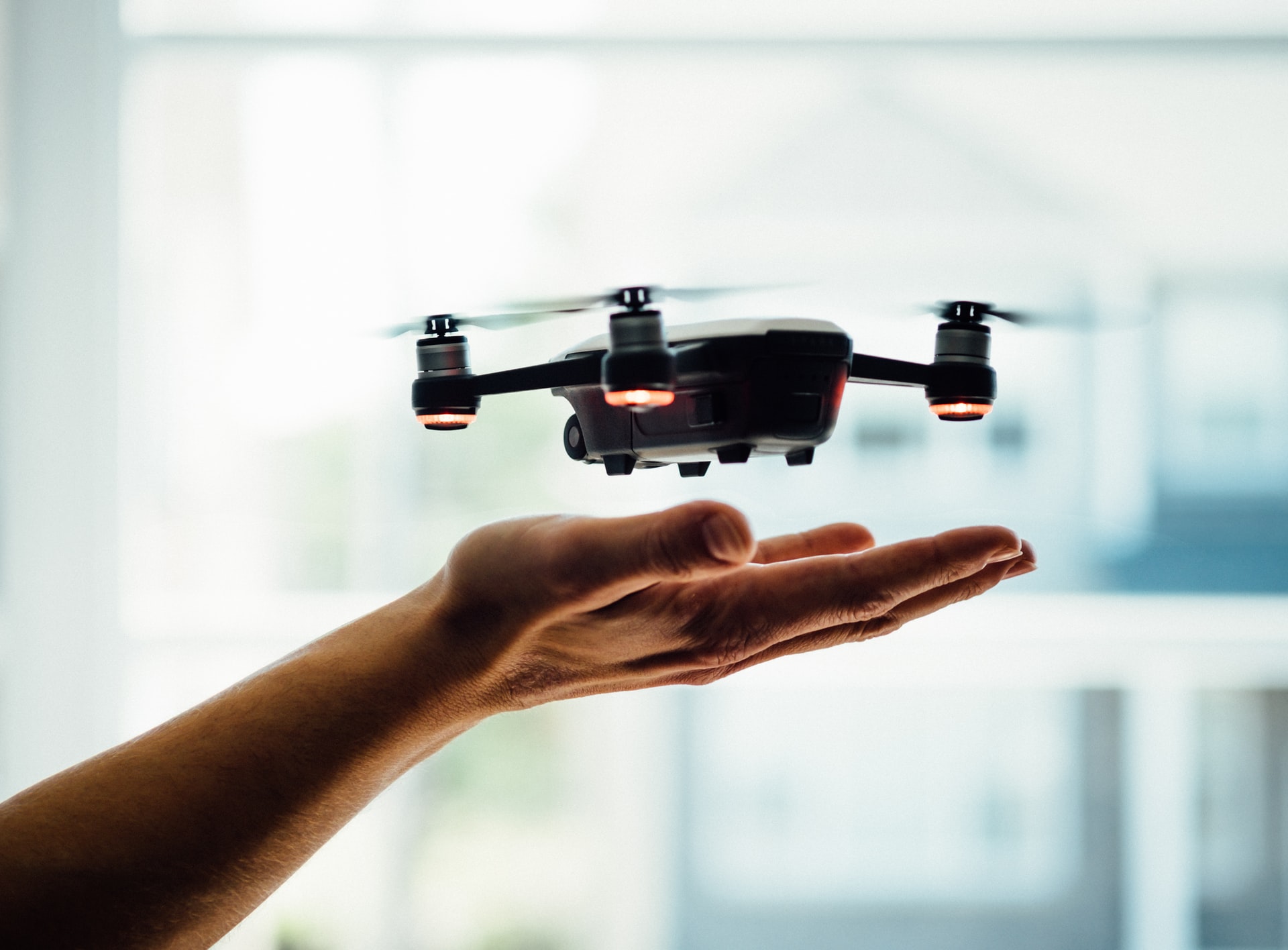While construction is a sector most people don’t associate with remote work, companies that adapt and thrive in this new home-based work environment will not only be successful today, but will have prepared their workforces for the better.
The construction industry is a late start to the application of remote work, but it is finding creative tools to allow many of the tasks traditionally done on-site in construction projects to be done remotely. Many of these new approaches do more than find the efficiency and cost reductions of remote work but offer increased value.
The most dramatic change is the use of remote imaging to replace onsite visits and to document everything from construction progress, to working conditions, to schedule, to safety practices.
The use of 360-degree cameras and drones allows virtual replicas of worksites to be tracked through time allowing management and inspection from remote locations. Digital recording with 360-degree images to create digital replicas of the job site can enable project managers, inspectors, and clients to digitally tour a job and track the progress of a construction project without having to visit the site.
Not only does digital recording allow remote observation; it can track and document progress over time and identify areas of delay.
It offers documented proof of completed work, including in concealed spaces, and can expedite the payment process. It also allows collaboration in project review among parties involved in the project who may be a great distance from the project. At the simplest level, it documents work completed and expedites payment processing. At its most elegant it provides multi-project management of human and equipment resources for substantial gains in efficiency. One survey reported that 44% of respondents ranked better site capture through 360° images, 3D laser scanning, and other tools as the most impactful trend in construction technology in 2021.
Construction management tools have emerged to allow remote functioning. Online, real-time communication tools allow project managers to hold virtual on-site meetings with workers and resolve issues as they arise. Real-time virtual meetings can include an array of those involved in a project without regard to their location or travel time to the site. Advanced project management software assures that team members are making decisions based on the same data and integrates automated site reports with plans and project schedules to anticipate and avoid delays. It allows communication between administration functions and on-site workers for inventory management, accounting, and payroll. Digital time tracking is both more effective and less intrusive.
While 360-degree cameras and drones have created remote work opportunities for project managers, inspectors, and others, the actual construction work is enhanced by a dramatic increase in modular construction. It offers a significant improvement in construction schedules. According to the Modular Building Institute, 35% of construction timelines are reduced by more than a month. There is a major reduction in construction waste and a 65% reduction in total project costs. The use of prefab components in building achieves efficient, high-quality construction along with greater worker safety. Modular construction offers a stable work location for many construction workers and saves on the travel to distant and changing work sites.
Using remote work site approaches the construction industry can become more attractive to young people choosing a career in offering stable, safe, technology-driven jobs with salaries fueled to match the required increases in technical skills and knowledge. Remote work is the wave of the future, and the construction industry is on the way forward.

